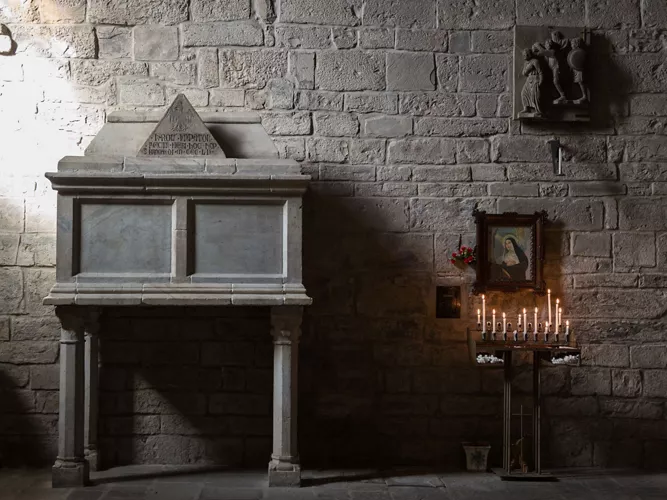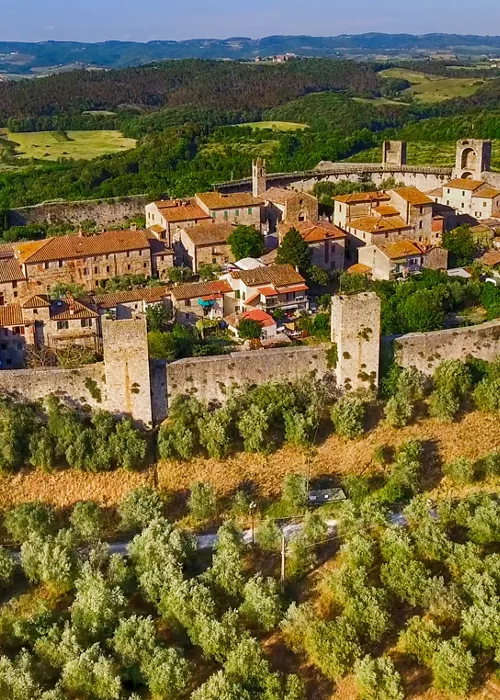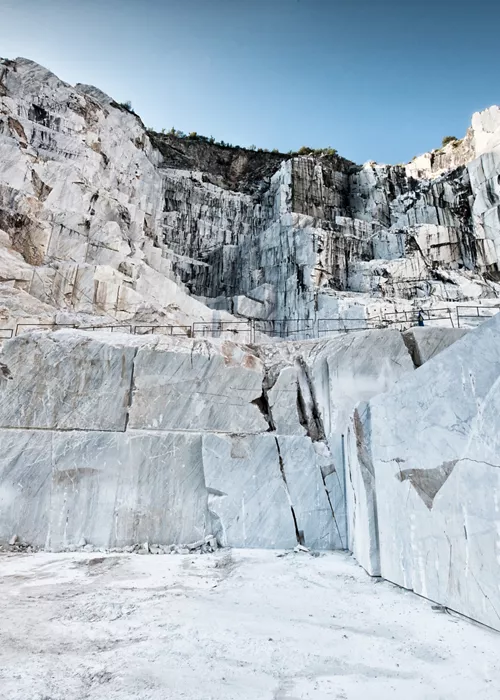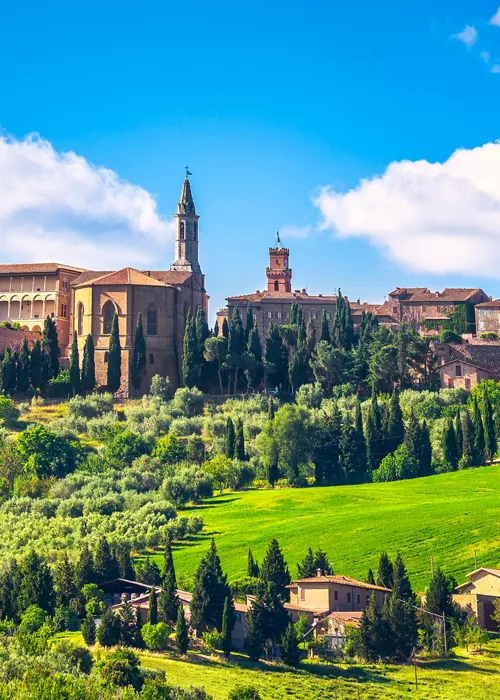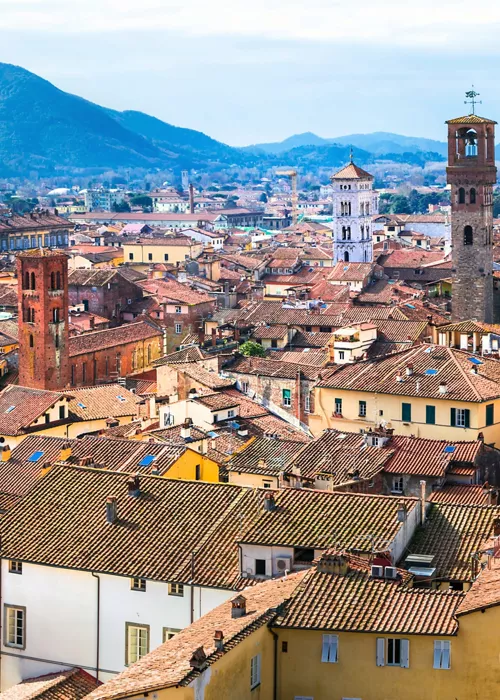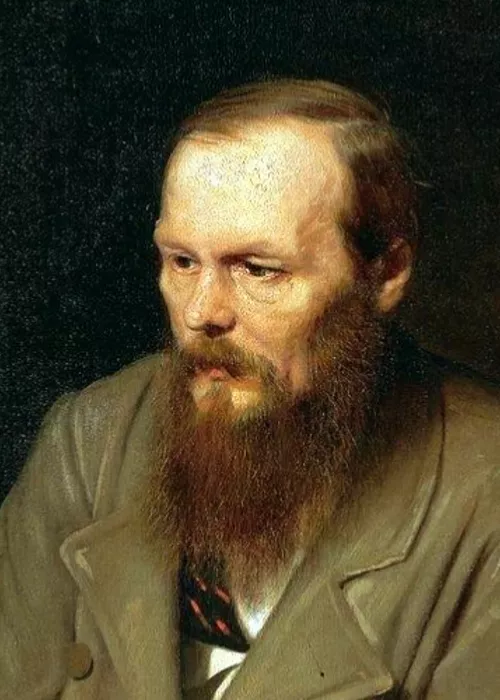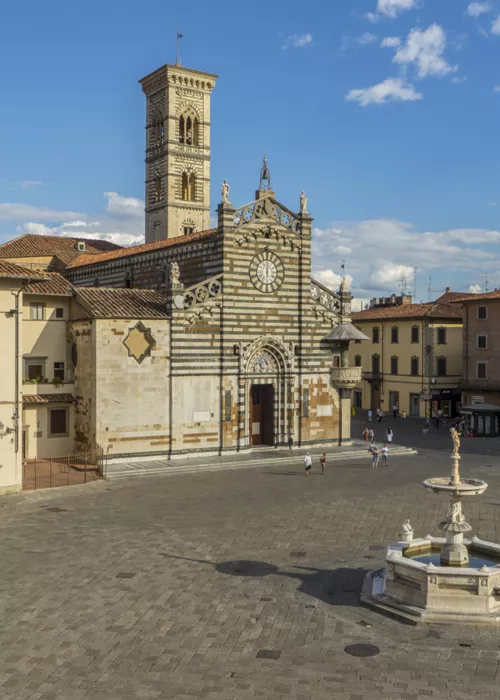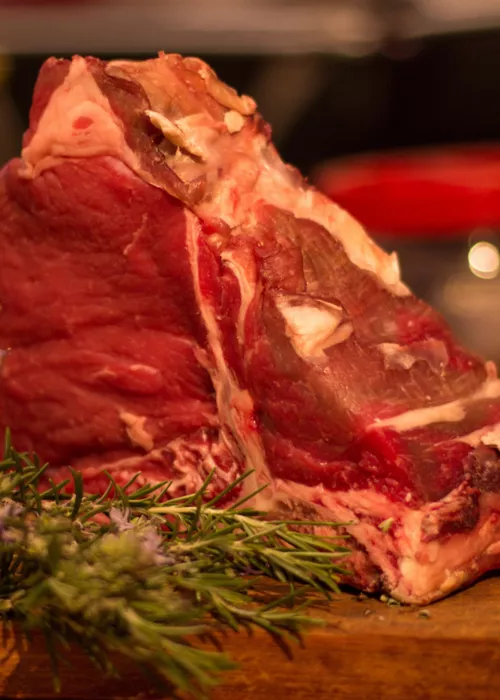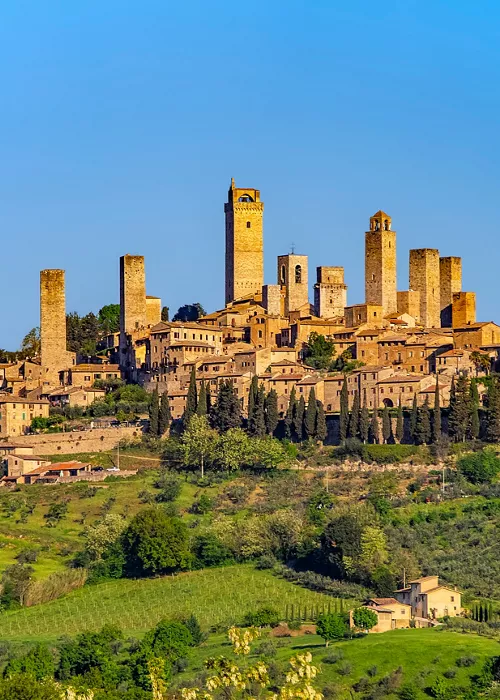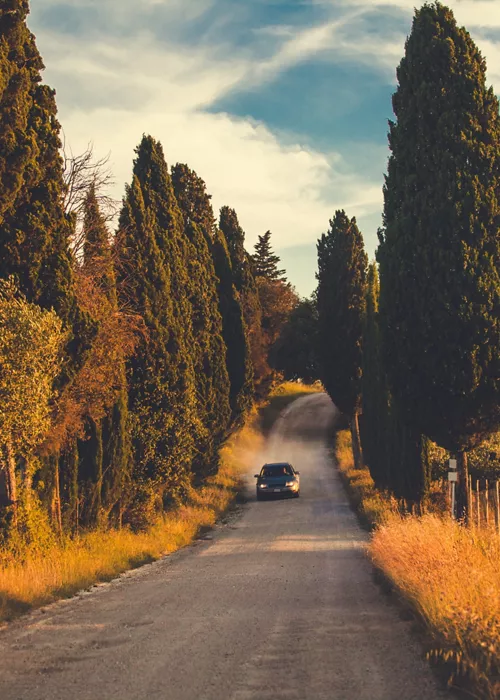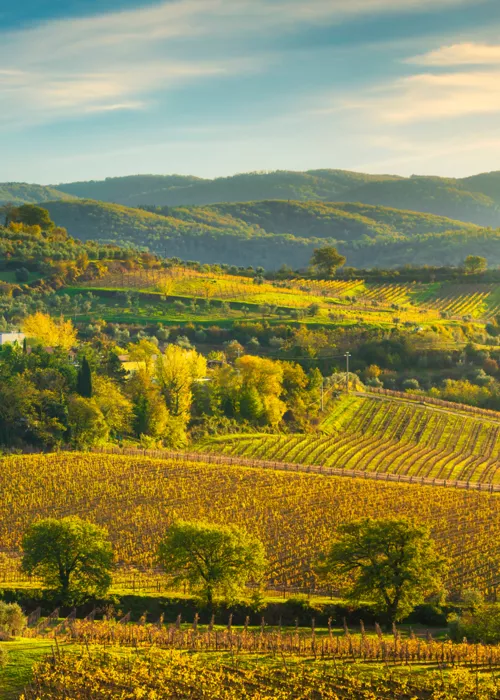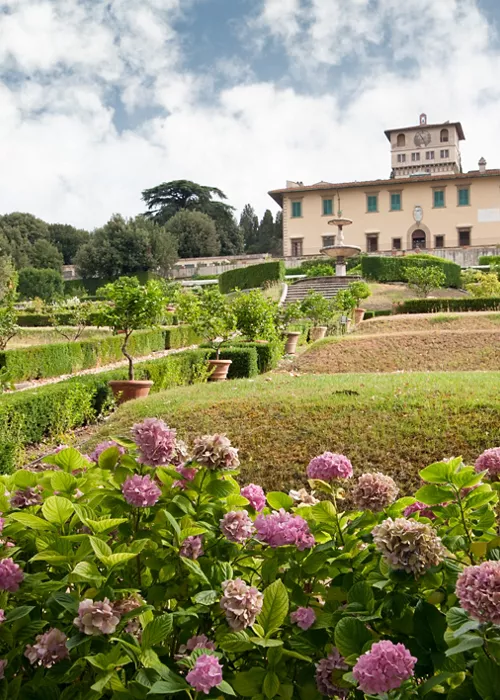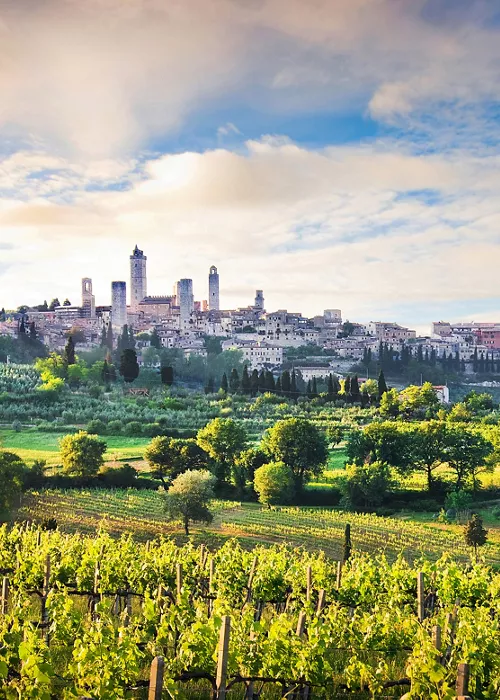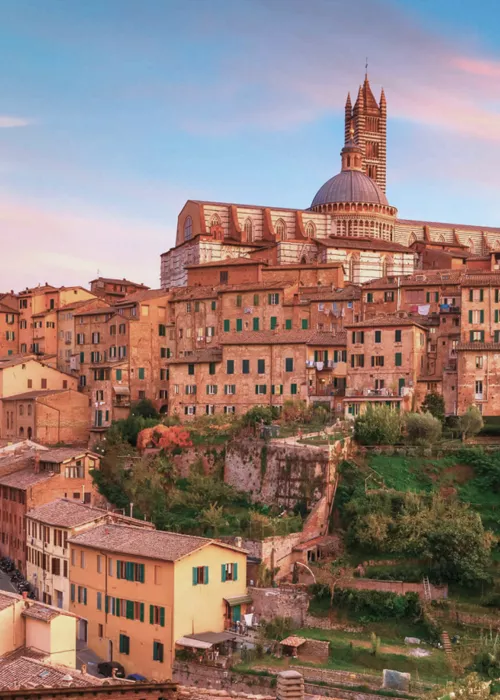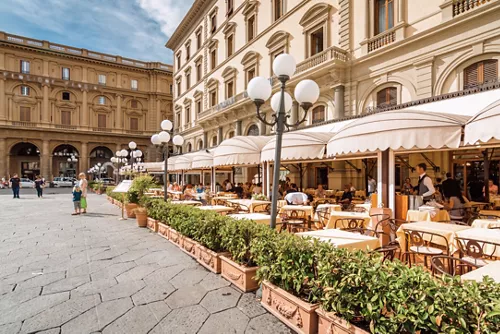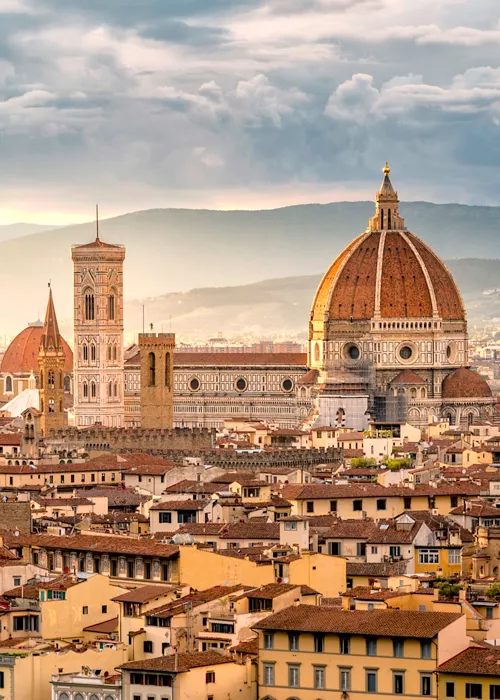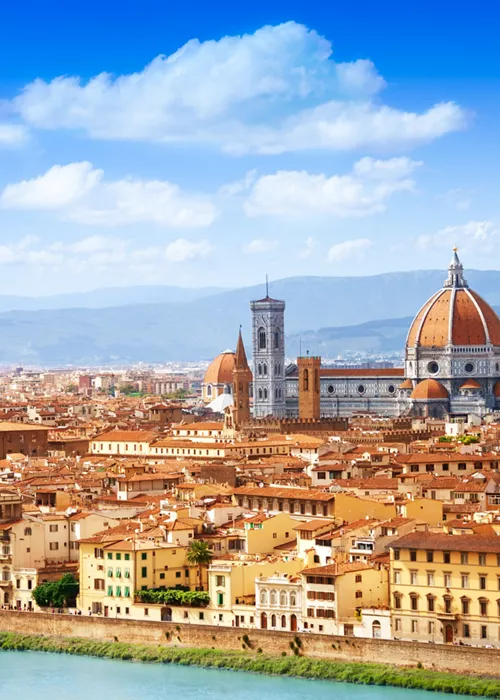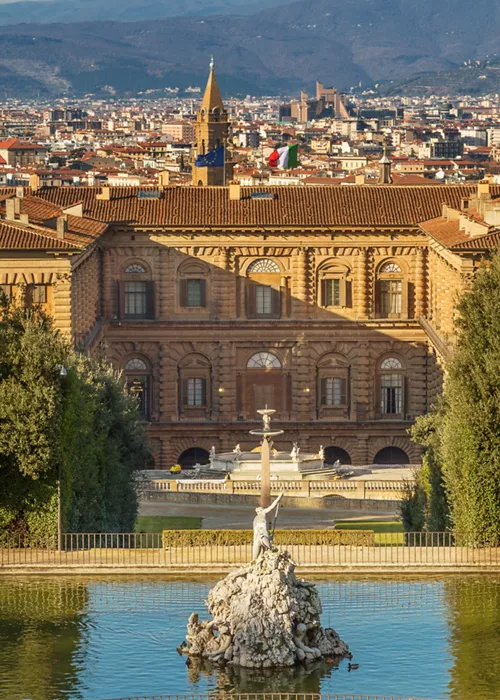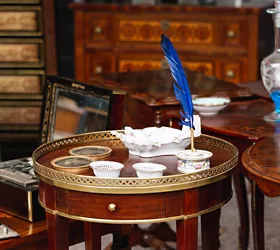Berceto and the Cisa Pass, the last Emilian stopover on the Via Francigena
A jewel of the Parma Apennines, nestled between the Val di Taro and Val Baganza, 852 metres above sea level and 65 kilometres from Parma, Berceto is situated along the Strada Statale della Cisa road leading to La Spezia, not far from the Cisa motorway. It is the last stop in Emilia on the Via Francigena route, before reaching the Cisa Pass, which divides the provinces of Parma and Massa-Carrara.
A welcoming place and a centre of worship
It is precisely to its strategic position on the Via Francigena that Berceto owes its fortunes and importance as a mercantile and religious centre since the Middle Ages, when the numerous pilgrims heading for Rome found welcome and refreshment here before continuing their journey, across the arduous Apennine pass, towards the Tyrrhenian coast and the Eternal City.
The monastery and the legend of Moderanno
It is believed that a Roman garrison already existed in the area, but the present village developed from the establishment of a Benedictine monastery in the 7th century, by decision of the Lombard king Liutprand and thanks to the intercession of the bishop of Rennes Moderanno.
In fact, one of the legends that usually surround the myths relating to its foundation narrates that Moderanno was forced to leave the precious relics of Saint Remigio, which he had recently come into possession of, right here: probably on his way to Rome, he allegedly tied them to a tree for a short stop before resuming his journey, but while he was sleeping, the tree grew out of all proportion, making them unreachable. Forced to stop in Berceto, Moderanno was thus appointed by Liutprand as the first prior of his monastery.
The cathedral and castle, vestiges of ancient splendour
The town's patron saint, Saint Moderanno is also the name of the Berceto cathedral, right on the route of the Via Francigena. With its imposing structure that encompasses different eras and styles, from Lombard to Romanesque to Renaissance, it bears witness to the reputation the town has acquired over the centuries.
In the museum adjoining the cathedral, one can still admire sacred furnishings and vestments, including a 7th-century cope that is said to have belonged to Moderanno himself. Next to the cathedral is the chapel of Sant'Apollonia. Behind the cathedral is the famous Piazza San Giovanni, which the inhabitants of Berceto call “piazza dei canoni” (square of the canons), due to the presence of the Fontana dei Canon, where people used to go to fetch drinking water.
The castle of Berceto must also have been imposing; it once towered over the town, but now only parts of the outer walls, remains of the inner subdivisions and some stairs remain. Buried under layers of earth and debris, wells, tunnels and ancient dungeons can still be found, which are gradually being unearthed to create an archaeological park. Founded in 1221 by the Commune of Parma and the subject of continuous disputes between the local seigniories, it was long in the possession of the Rossi counts who ruled Berceto until the Farnese era.
Medieval hamlets and enchanted villages
Once in Berceto, it is worth taking a tour of the passageways, churches and fortresses of its beautiful hamlets, scattered among the chestnut groves of the Parma mountains.
Starting from Corchia, an evocative stone village with paved lanes, arched subways and a 12th-century hostel, to the ancient fortress of Pietramogolana, perched on the Taro; located at the confluence of the Manubiola and Taro streams, Ghiare is the site of a recently renovated former kiln, an example of late 19th-century industrial architecture; finally, it is said that the church of Bergotto was inhabited by a colony of witches, who would appear at night to come to the aid of smugglers; while the bundle of paths leading to the spectacular Salti del Diavolo (Devil's Jumps) starts from Fugazzolo.
The Cisa, slow tourism and gourmet cuisine
From Berceto, following one of the toughest sections of the Via Francigena, we reach the Cisa Pass, the mountain pass that separates the Ligurian Apennines from the Tuscan-Emilian Apennines and links the upper Val di Taro and Lunigiana, at an altitude of about 1041 metres above sea level.
Here, just before the current pass, stood the hospice of Santa Maria. Today, the ancient border between the Duchies of Parma and Piacenza and the Grand Duchy of Tuscany is indicated by wall inscriptions on the ancient post station. The chapel of Nostra Signora della Guardia, built at the top of a steep flight of steps in 1921, is of much more recent origin.
From here, the descent continues towards Pontremoli and the Tyrrhenian coast. These places are a haven for cyclists and those who love trekking and “slow tourism” in general.
While the views and cosy atmospheres of the Via Francigena satiate travellers and pilgrims, the restaurants and trattorias in the area offer plenty of temptations for food and wine lovers, with traditional country dishes enriched by the aromas and flavours of the forest, in particular mushrooms and chestnuts.
For more information
www.borghiautenticiditalia.it/borgo/berceto
viefrancigene.org - From Cassio to the Cisa Pass



